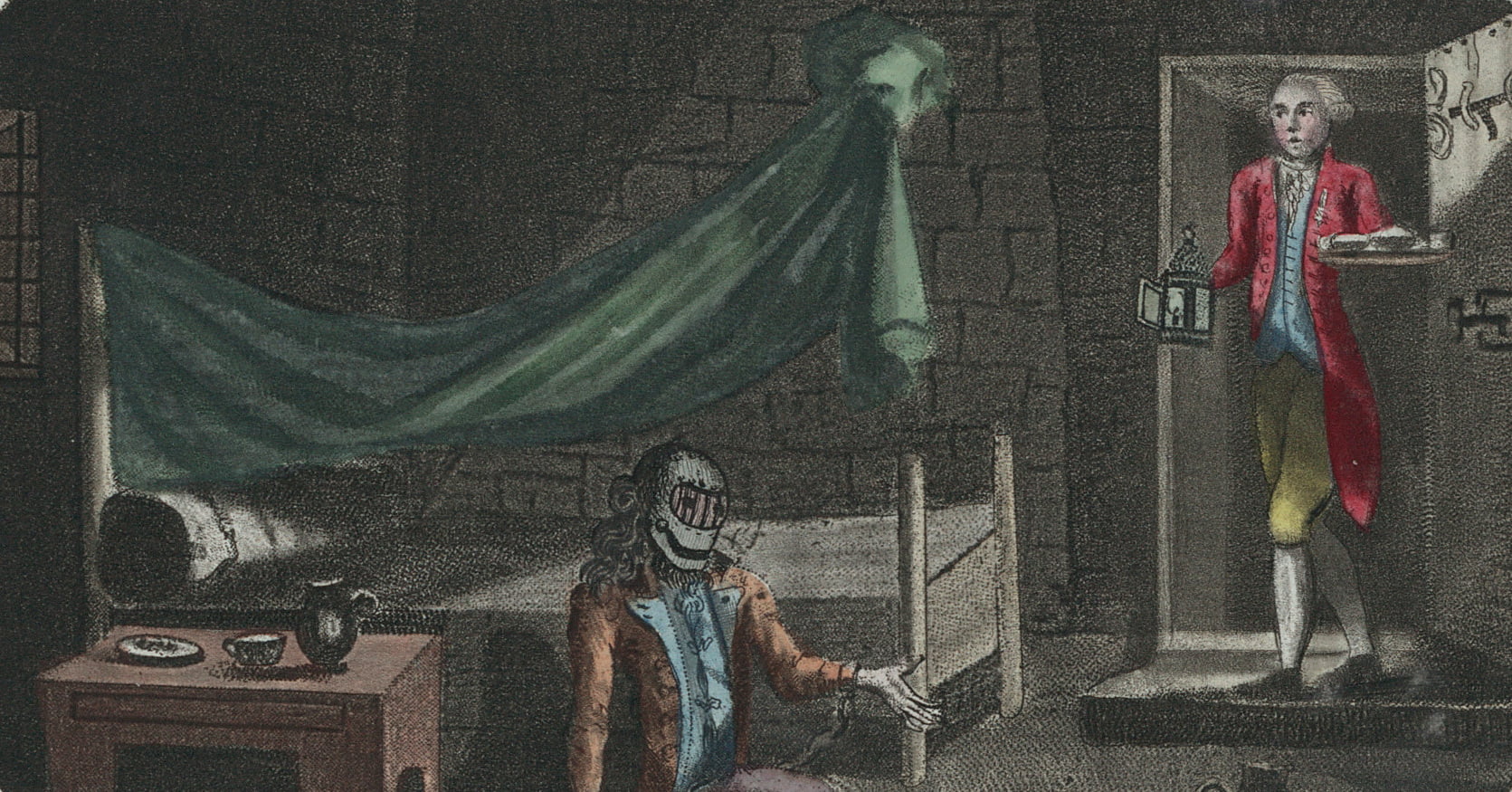There is a legend that the famous prisoner of the Bastille, whose identity was carefully hidden, was a relative of the king, and he was imprisoned because Louis XIV was afraid of losing the throne. We have looked at the arguments for and against this version.
Thanks to numerous literary works and films, the story of a secret prisoner whose face was hidden from everyone by an iron mask is known all over the world. Thanks to "To the Vicomte de Bragelonne" Alexandre Dumas and the film "The Man in the Iron Mask" With Leonardo DiCaprio in the title role, the hypothesis that the twin brother of King Louis XIV was the one who ended up in prison became especially popular. He was afraid of losing the throne and thus decided to eliminate a possible competitor.
Voltaire mentioned the prisoner in the iron mask several times. In “The Age of Louis XIV” (1751) in the chapter “Anecdotes from the reign of Louis XIV” the author writesthat in 1661, shortly after the death of Cardinal Mazarin, “an event occurred which has no example; no less strange is that all historians ignored him.” An unknown masked prisoner was sent to the castle on the island of Sainte-Marguerite, who was ordered to be killed if he revealed his identity. In 1690 he was transported to the Bastille - surprisingly, in prison he was denied nothing but freedom: he was provided with clothes made from expensive fabrics, allowed to play musical instruments and was provided with a doctor. The prisoner died in 1703 and was buried under cover of darkness in the parish of Saint-Paul. According to Voltaire, several contemporaries confirmed to him that the prisoner’s identity was a state secret.
Voltaire returned to this story two decades later. In "Questions to the Encyclopedia" (1770–1772) he clarifies, that wearing a mask was only mandatory in the presence of other people (for example, a doctor) and that the prisoner was about 60 years old at the time of death. Approved, that the editor decided for Voltaire, who feared punishment for the direct presentation of his assumptions, to indicate that we were talking about the illegitimate brother of Louis XIV, the son of Anne of Austria and her lover. Subsequently, it was this hypothesis that was developed and exaggerated in “The Vicomte de Bragelonne” by Alexandre Dumas, wrote not just about a brother, but about a twin.
Despite the popularity of this hypothesis among writers and directors, exists several dozen candidates for the role of the prisoner in the iron mask. Among them there are also quite extravagant ones. For example, in an anonymous Dutch pamphlet from the late 17th century it was said that the prisoner was not the brother, but the real father of Louis XIV, who was allegedly born out of wedlock. The “Iron Mask” was called various French and British nobles, illegitimate children from several ruling families of Europe, Cardinal Mazarin, Moliere, and even Louis XIV himself, who was allegedly removed from the throne by his twin brother.

At the same time, we were not able to find confirmation in any authoritative source of the version that the prisoner was a relative of the king, who could potentially take his place. For example, the authoritative encyclopedia Britannica asserts, that only two versions “turned out to be true,” which were later merged. The first prisoner wearing an iron mask, which was actually made not of iron at all, but of velvet, could have been Ercole Mattioli, minister of the Duke of Mantua. He concluded an agreement under which the Duke was to transfer the Casale fortress to France in exchange for a large sum of money, but he deceived the French. Louis XIV is said to have secretly kidnapped Mattioli and imprisoned him in northwestern Italy in 1679. True, Mattioli did not make it to the Bastille - the prisoner died in 1694 on the Sainte-Marguerite Islands. The masked prisoner could be Estache Dauger, a servant of the Minister of Finance Nicolas Fouquet - he allegedly knew the secrets divulged by his own master. However, this version also has opponents.
In 2016, historian Paul Sonnino published the book The Search for the Man in the Iron Mask, which summarizes documents that have survived to this day and assumptions made over many decades. According to Sonnino's research, in 1669 a prisoner was brought to Pignerol Castle in northern Italy and placed in solitary confinement. Subsequently, he moved from prison to prison following an overseer named Saint-Mars, who in 1698 was appointed commandant of the Bastille, where the prisoner died in 1703. As you can see, not all dating coincides with the data given by Voltaire.
Talking about the real identity of the prisoner, the historian immediately denies the version with the secret brother of Louis XIV: it was simply impossible, because every step of his mother Anna of Austria was closely watched and the queen’s pregnancy simply could not go unnoticed. Of the possible candidates, Sonnino prefers the already mentioned Doge, the servant of Nicolas Fouquet. The latter was arrested shortly after the death of Cardinal Mazarin and accused of plotting against the king. If you believe the investigation carried out at that time, Fouquet kept the money and jewelry of the English Queen Henrietta, and in the light of negotiations on an alliance against the Dutch, the British side should not have known about this fact. Sonnino suggests that it was Doge who knew about the English money, who in fact could have served as a valet not for Fouquet, but for Antoine-Hercule Picon, Mazarin’s former treasurer. However, the scientist was unable to find any direct evidence.
Thus, at the moment, there is no consensus among professional historians as to whose identity was actually hidden behind the iron mask. Nevertheless, the vast majority of experts consider the version about the brother (or any other close relative) of Louis XIV imprisoned incognito in the Bastille to be far-fetched and not confirmed in archival documents. However, it has not yet been possible to find such confirmation regarding Estache Dauger or other candidates who are considered more likely. Perhaps this will never be done - then, if the prisoner, unexpectedly for historians, turned out to be a representative of the royal family, the operation to maintain anonymity was carried out extremely successfully.
Most likely not true
- Paul Sonnino. The Search for the Man in the Iron Mask: A Historical Detective Story
- National Geographic. Who Was the Real Man in the Iron Mask?
- A. Dumas. Viscount de Bragelonne, or Ten Years Later
If you find a spelling or grammatical error, please let us know by highlighting the error text and clicking Ctrl+Enter.







